Editors note: Since publishing this review, Pierro has reminded us that this lens was in fact a prototype. The following mentioned issues were amended for the production version of the lens:
- All internal parts behind the lens including wires have been removed in the final version
- Lenses have been collimated for accuracy at infinity
- Lens thickness reduced to allow for use on the Leica M6
- Amount of glue used reduced dramatically
Please have these comments in mind when reading the rest of this review.
Recently, the lens market has seen a new fresh offering for us, vintage lenses enthusiastic people. Some workshops, like PPP, Omnar, MS Optics has been offering the possibility to shoot old lenses previously only available on some point and shoot cameras by converting them to the M-mount. By doing so, it is now possible to get these old vintage vibes on various, more serious cameras, from film M mount cameras to digital with various mirrorless brands.
The conversion proposed by Pierro is pretty interesting as this would definitely be the smallest 35mm f2.8 lenses available on M mount – as long as you are ready to let go the rangefinder coupling. Having used my Rollei 35s quite a lot recently, I wasn’t afraid of that and when Hamish asked me to have a look at that lens, I was super happy and intrigued to do so! So here are my honest thoughts about that tiny piece of glass.
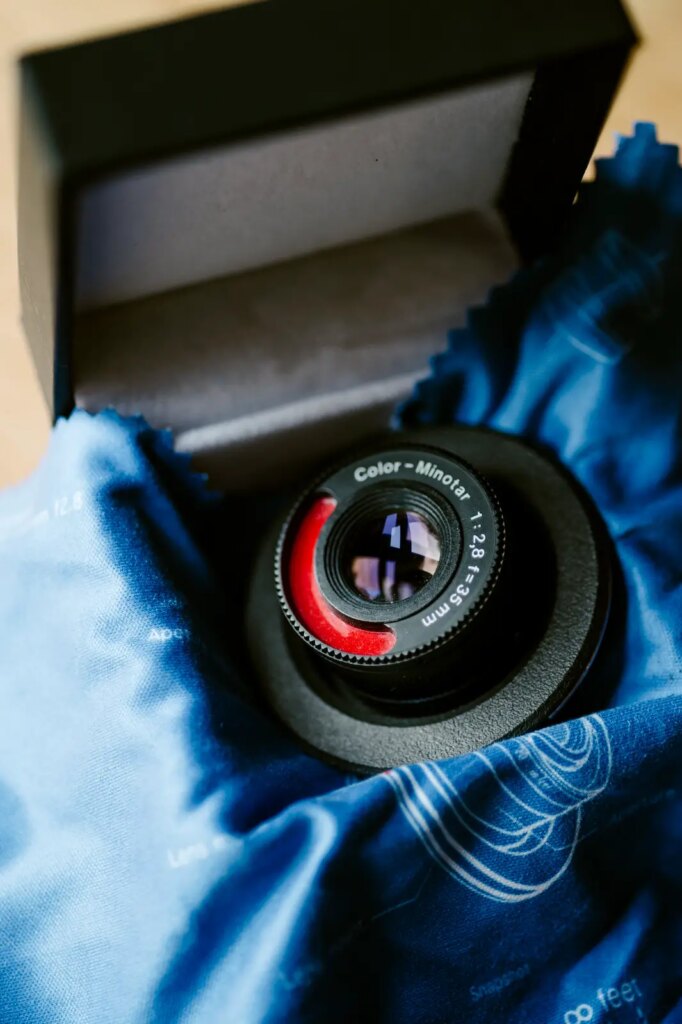
History
The PPP 35M uses the Tessar-type Color-Minotar 35mm f2.8 initially mounted in the tiny Minox 35 series cameras. These cameras were made in Germany between 1974 and… 2003, there was more than 30 variations of the course of time! Quite a nice run for a point and shoot camera. It was known for being the smallest 35mm serious camera, even smaller than the famous Rollei 35! Despite its size, this Minox 35 was pretty simple to use with aperture priority function, manual uncoupled focus and nice framed viewfinder. The lens inside these tiny fellas was known to be pretty sharp when closed down, even if some people would say the Rollei 35 still had the edge with its own Tessar and Sonnar offering. Nevertheless, its reputation led this camera to become an icone for both its form factor and overall performance.
Nowadays, you can find quite a lot of these nicely built point and shoot cameras on the second hand markets, at various prices starting somewhere around 50 bucks to a few hundred bucks for a very clean and overhauled example. It really ain’t a rare camera and I know quite a lot of people around me keeping one of these in their bags at all time.
Construction
When I opened the package I honestly felt a little bit of disappointment seeing the main body of the adapted lens was made of 3D printed plastic. Even if it is looking like some good quality SLS Nylon, it’s a bit of a let down when you are hoping to find a nicely adapted historical lens. The 3D printed part actually holds the Minotar lens and you can see from the back of the lens that some mechanical components have been left in place and painted in black with some cut wires that seem to be what remains of the old lens mechanics and probably automatic leaf shutter. All this seem to be “smartly” attached (glued) on what looks to be a nice brass or aluminium (hard to tell) LTM to M adapter which seem to be the only metallic part used in that conversion.
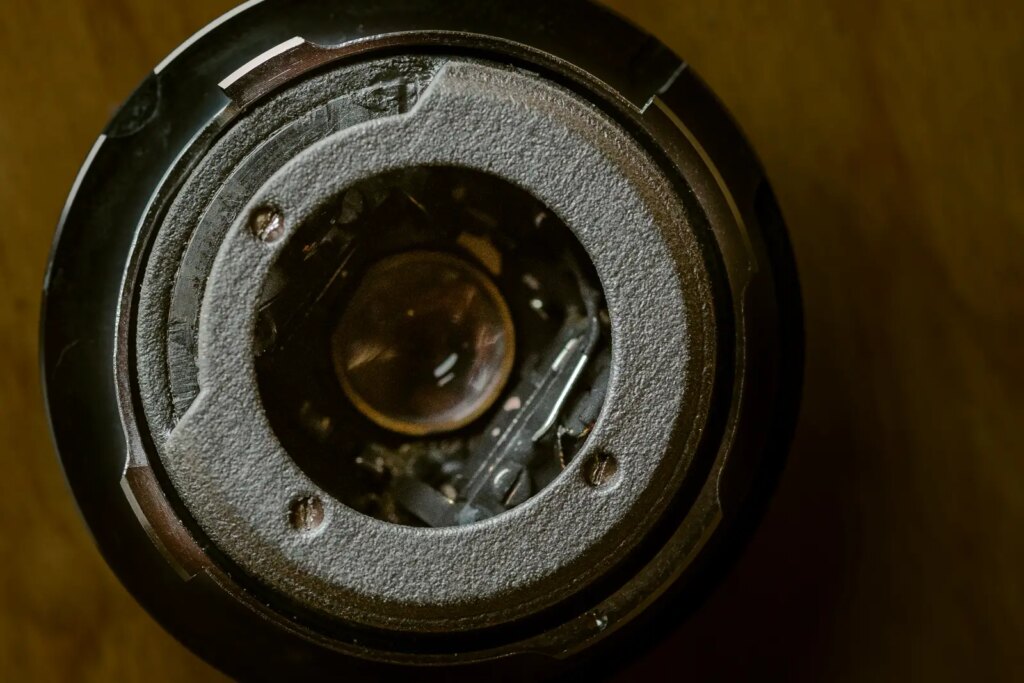
Other that that, the PPP 35M Color-Minotar being so small and the original Minox flange distance being shorter than the M mount, the lens is a bit recessed in the adapted body. Aperture numbers are a bit masked and it is necessary to tilt the camera to actually see what the f stop is as there is no clicks on these rings – this is a feature that comes from the original lens design. Quirky ergonomics are normal for such tiny lens and I don’t blame this. The focusing ring is just like you could expect it to be, small, with clear distance indications. Beware, the lens I had for the review had its distance scale in feet. I had to do some basic calculations to me able to use the lens. I am saving you some time if you too can’t read a distance in feet: 1m is roughly 3.2ft which I simplified to 3ft which seemed to be precise enough for guess-focusing.
Using that converted lens on a Leica M makes quite a small package, even if the it cannot collapse in the body (which is a shame as I feel like this tiny cylinder could potentially do). But still, quite a small lens that could definitely rival in size with one of the Miyazaki San tiny MS optics lenses. I was pretty excited to have a first look at how that lens renders and when I mounted it on my Leica M10… Well, it did not mount. Second disappointment here. After some research, I saw that PPP is clearly stating that this PPP 35M Color-Minotar is only compatible with Leica Film cameras and mirrorless cameras using adapters. Looking again from the back of that lens, the 3D printed part is actually quite large in diameter and protruding quite a bit outside of the lens mounts. That 3d printed part is actually interfering with the light baffle that the M10 has. I also tried mounting it on an M9 and had the same results. On my Hexar RF and Minolta CLE… Things were no different. Leica CL? Yes it mounts! Pfew! This lens only mounts on film Leica cameras and I am pretty sure the 3d print part even slightly touches the light baffle of my M6, as I found some small scraped paint residues around my light baffle… It felt a bit frustrating as I am quite sure there only is a mm or two that actually interferes with these light baffles. Using metal for that lens body would maybe have allowed to use thinner thicknesses and make it compatible with all M mount cameras?
Anyway, mounting the PPP 35M Color-Minotar on a mirrorless camera caused no trouble and I could go further testing this lens.
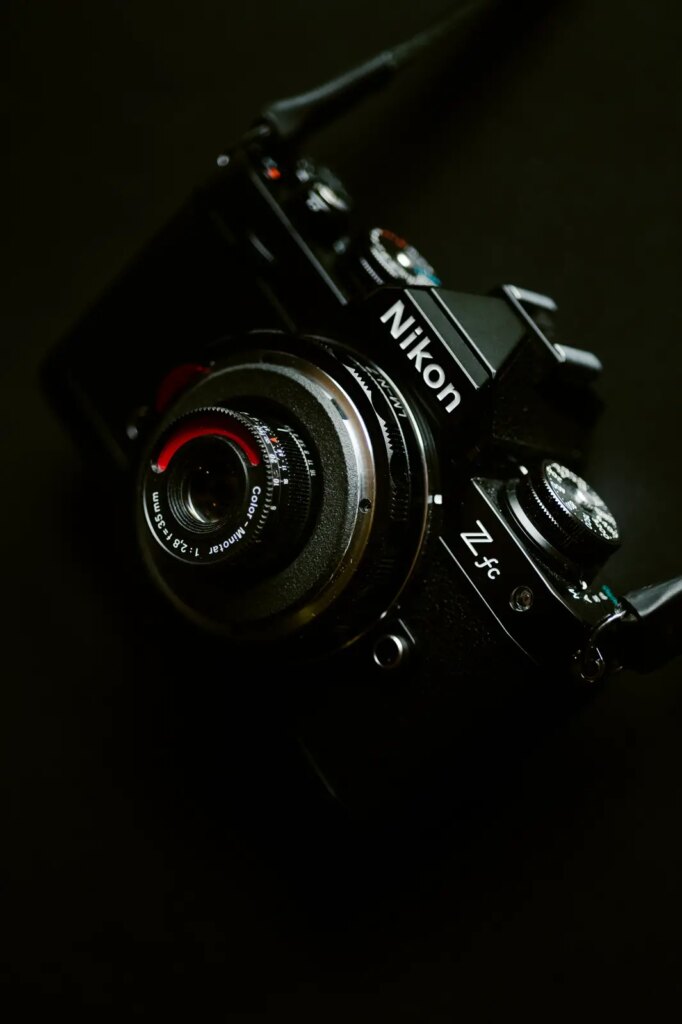
Imaging characteristics
Now to the good part! I ended up mounting this lens on my Nikon Z6. Here the PPP 35M Color-Minotar can be mounted with no issues. A few snapshots around me allowed me to confirm what the legend says. This lens is sharp, already wide open in the center and quickly sharpens up when closed down. There is a certain vintage feeling looking at the slightly subdued contrasts and no so saturated colors that I liked a lot. Also the wide open rendering is pretty flattering at close distances. It makes a great lens for close-up and macro work if paired with an helicoid ring. Good point!
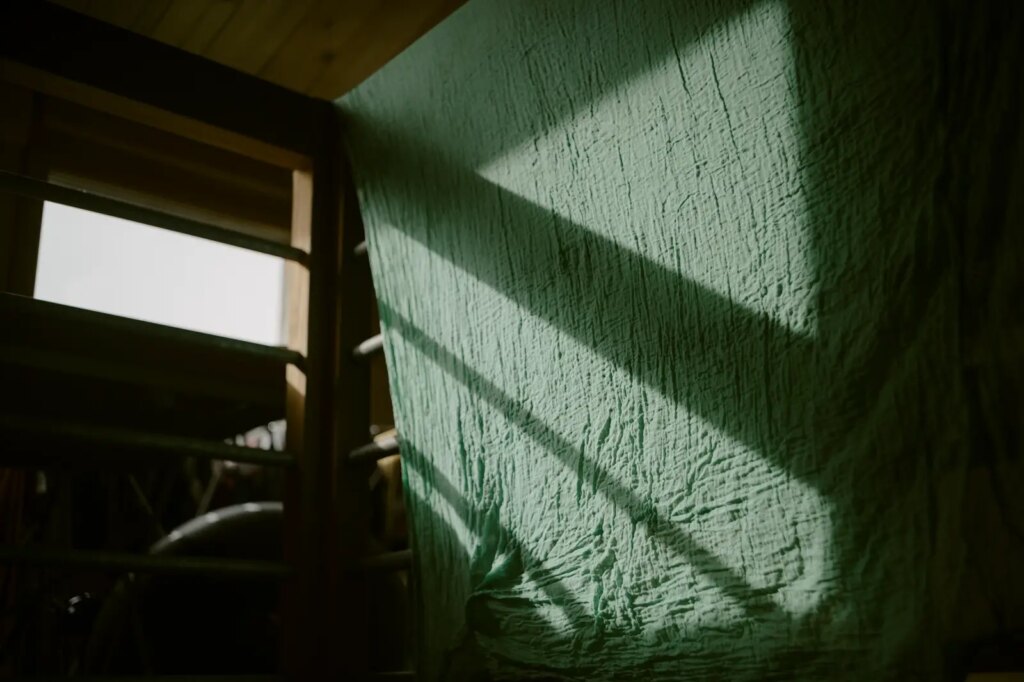
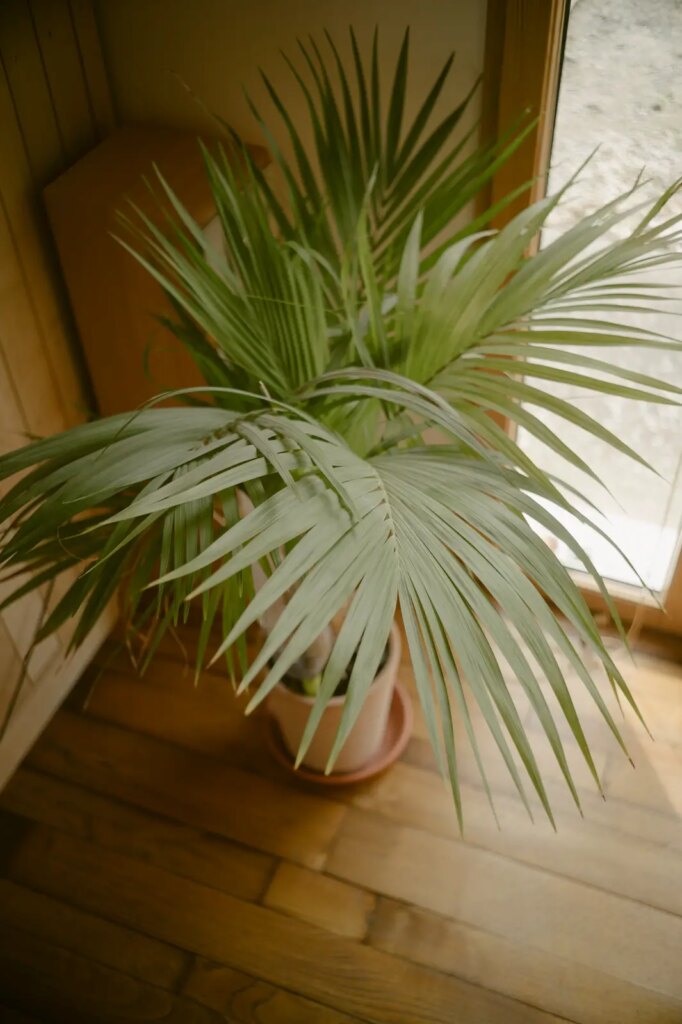
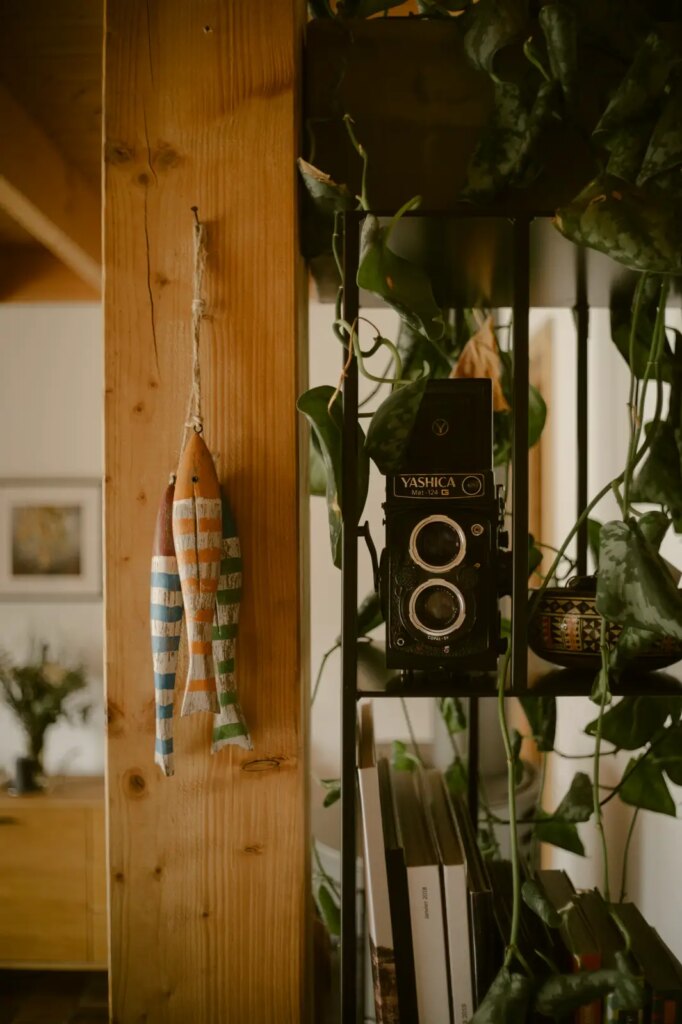
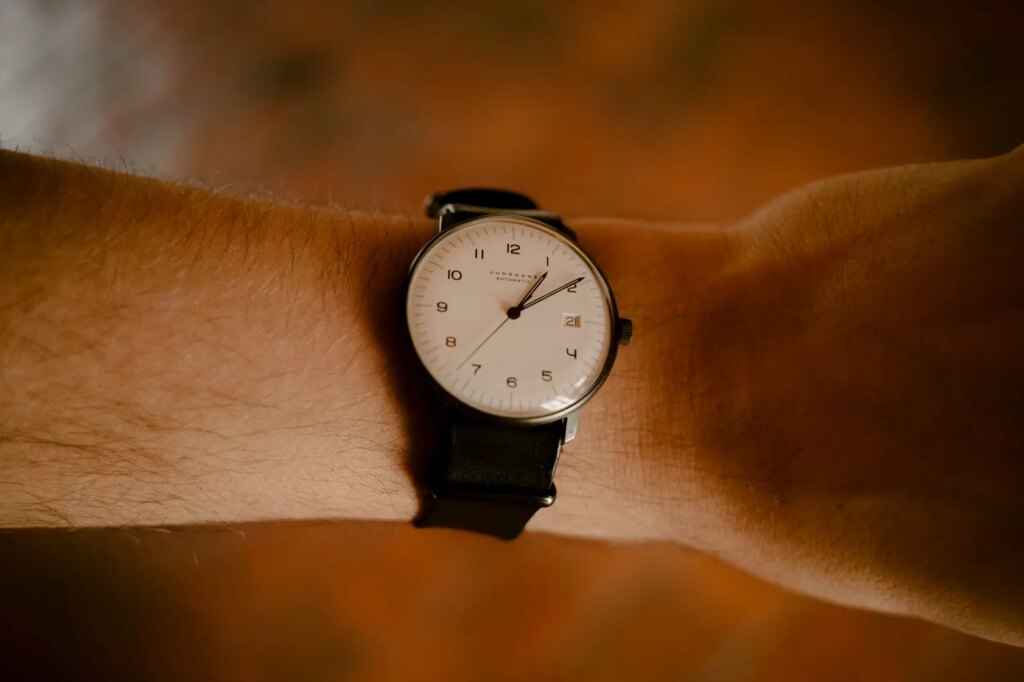
I tried using it with my Nikon Zfc. It seems to be even better as you only use the central portion of the frame (aps format turns it into a 50mmish f4 equivalent in terms of full frame rendering). Moreover, the PPP 35M Color-Minotar balances much better on a small camera like this one. I can totally imagine a lens like this being your daily driver on such a small camera.
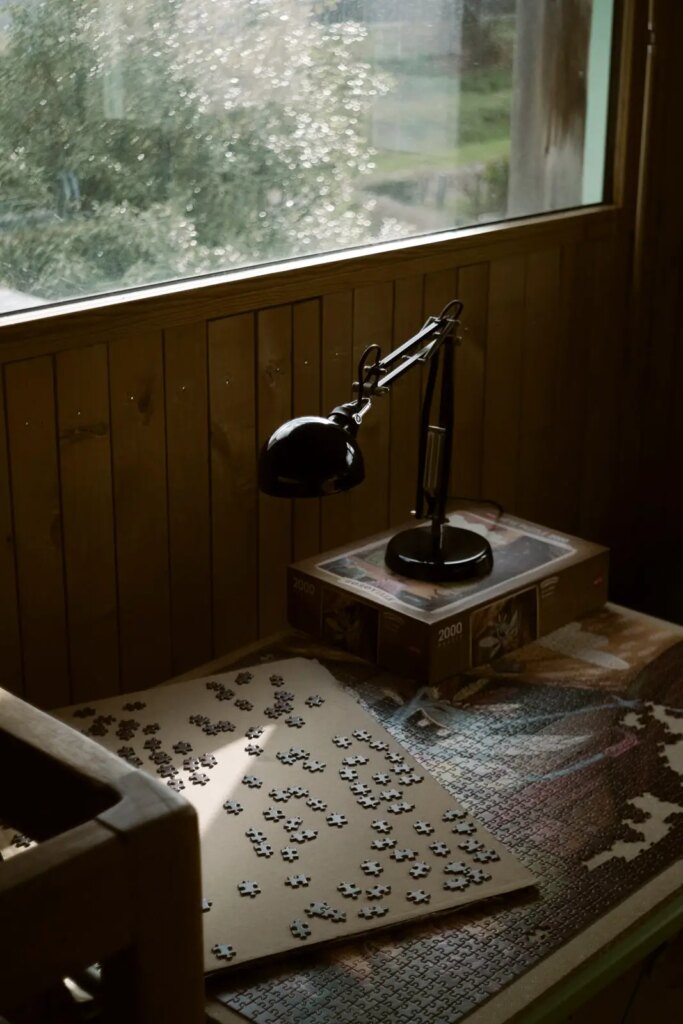
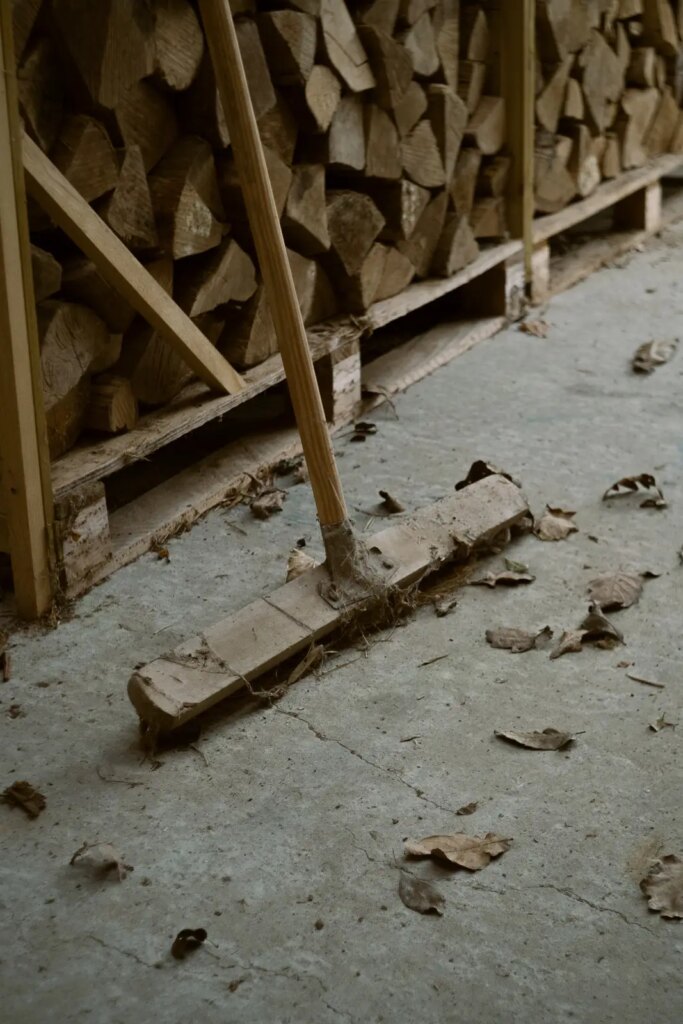
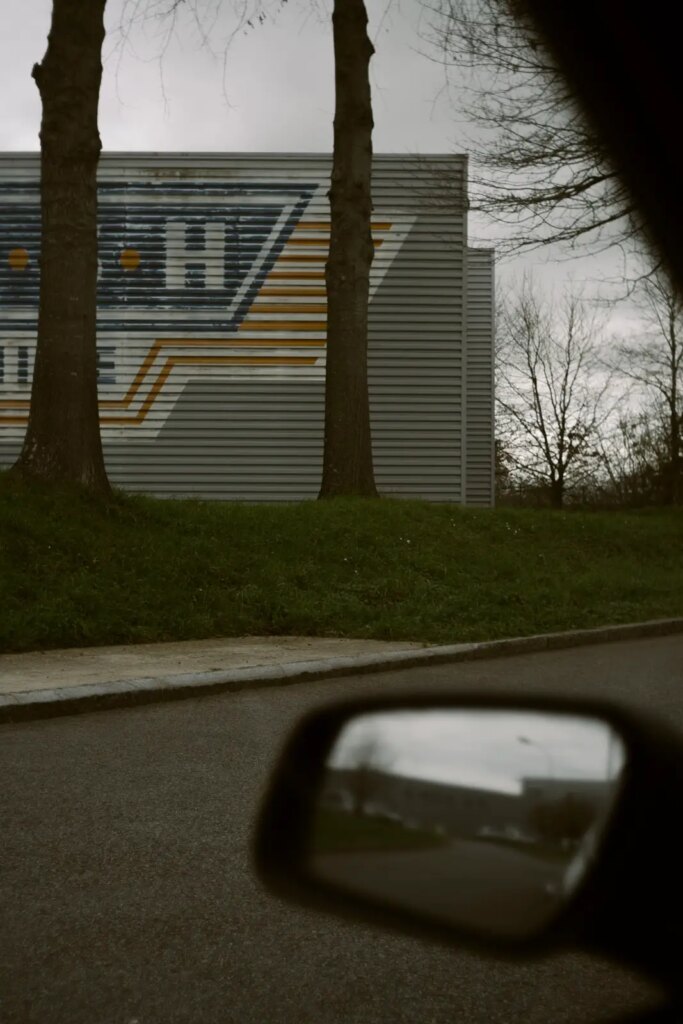
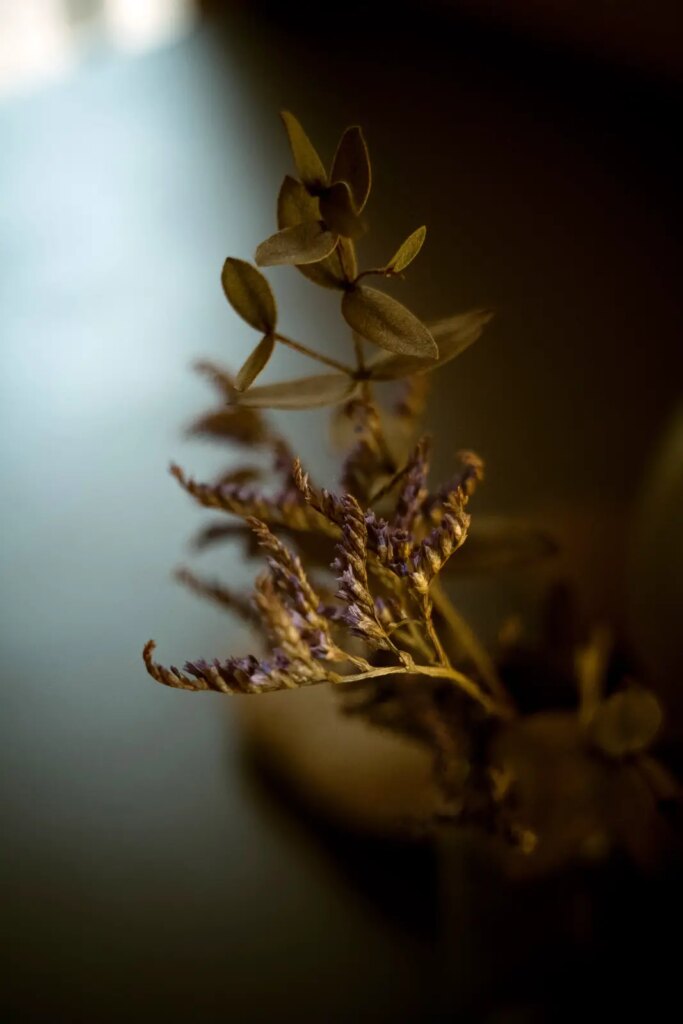
The only gripe I had so far is that when set on infinity setting, no adaptor I had could reach the actual infinity point. The lens seemed to be front focusing a bit and maybe a little bit out of alignment. Not by much, but definitely enough to cause some mis focus if used wide open with guess focusing. So when I finally used my M6 to try this PPP 35M Color-Minotar out, I only used f4 as the biggest aperture to minimise any risk of misfocus.
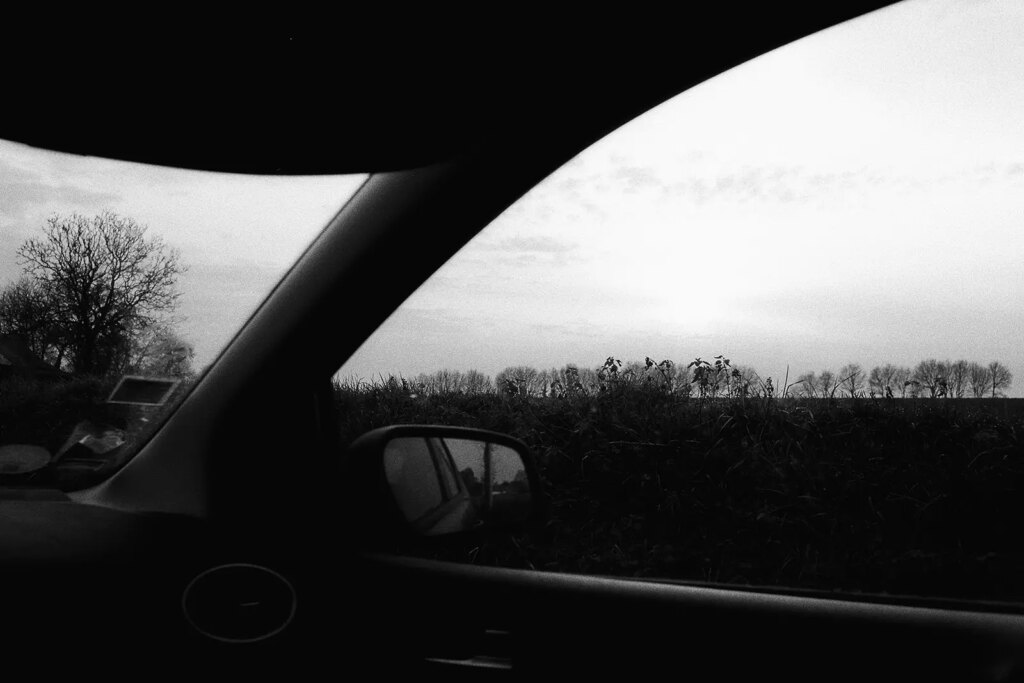
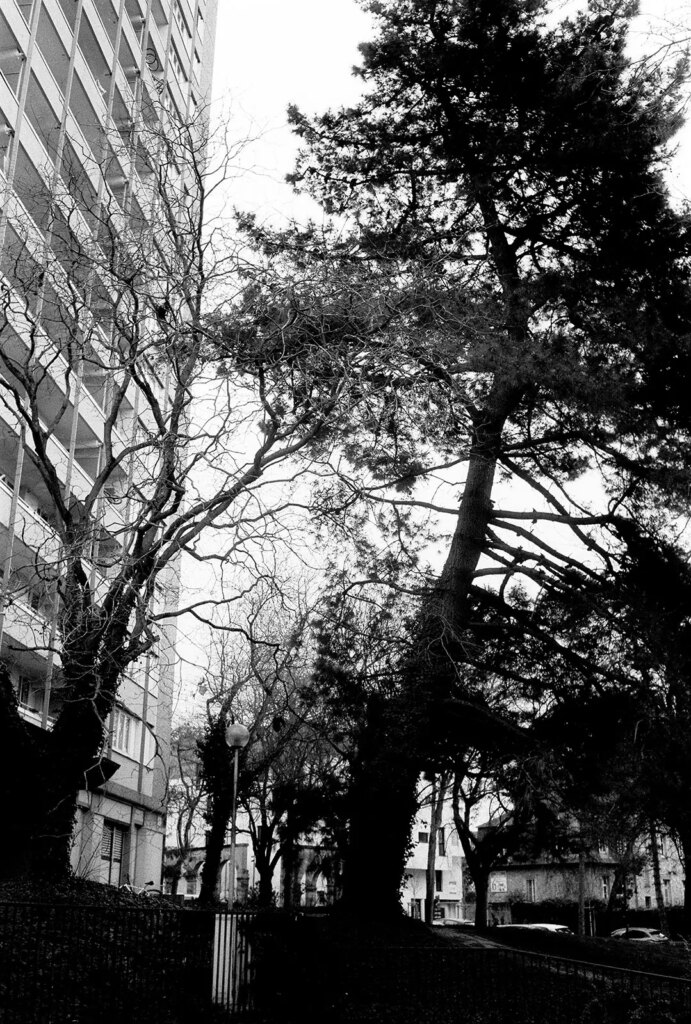
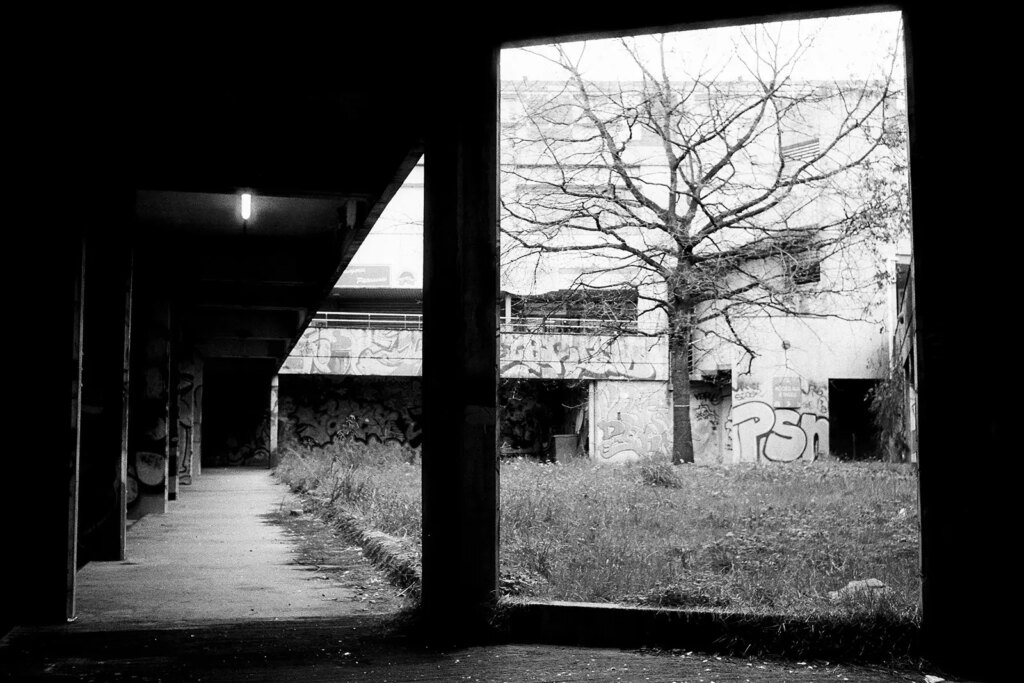
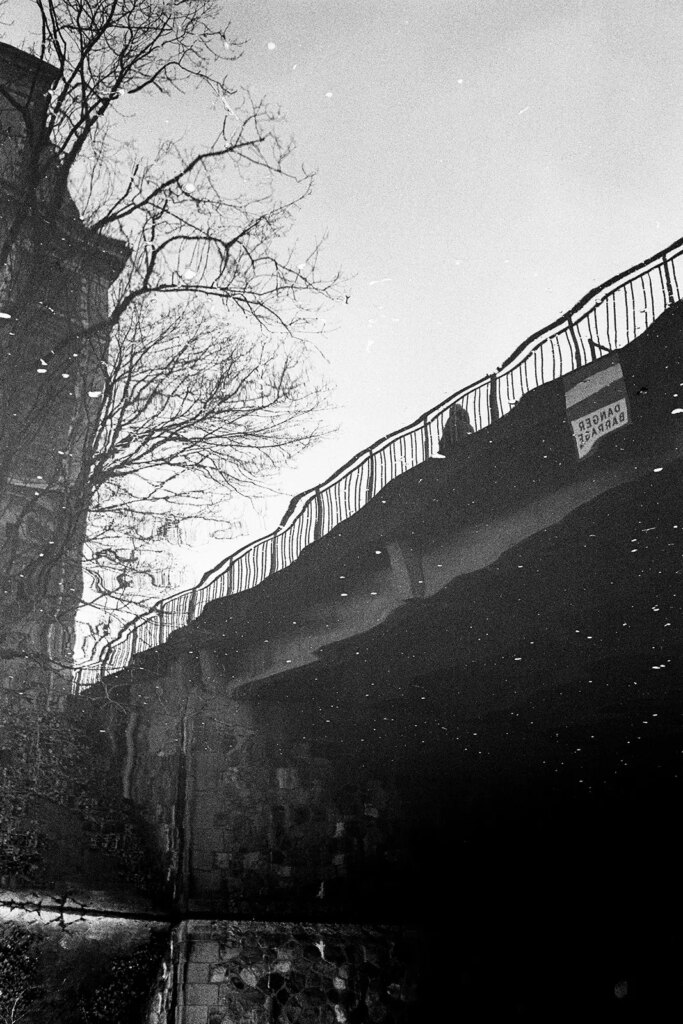
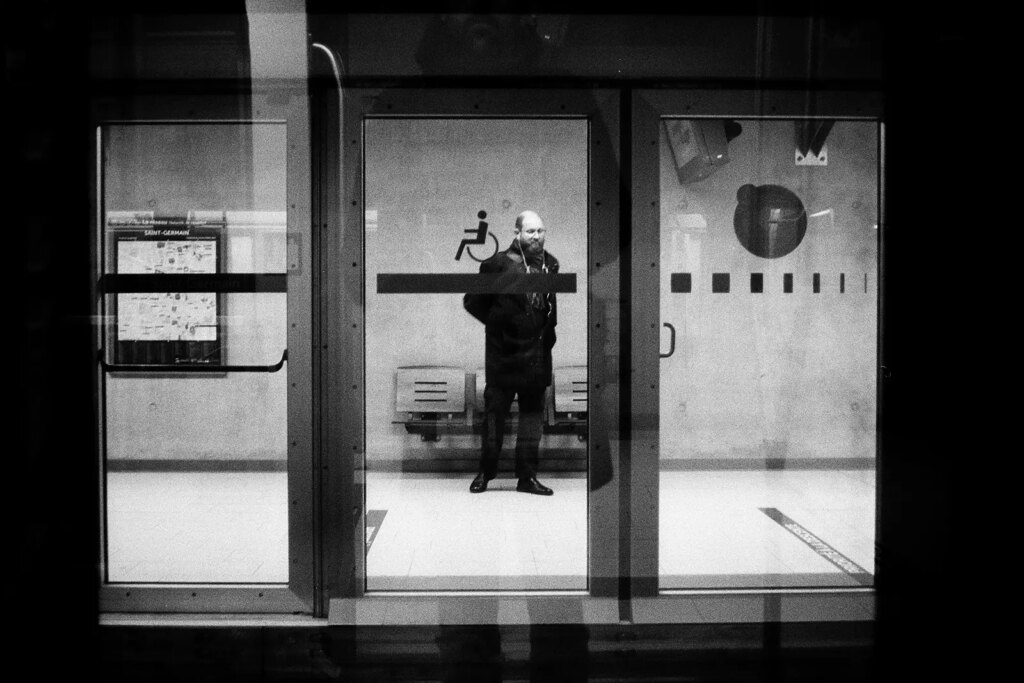
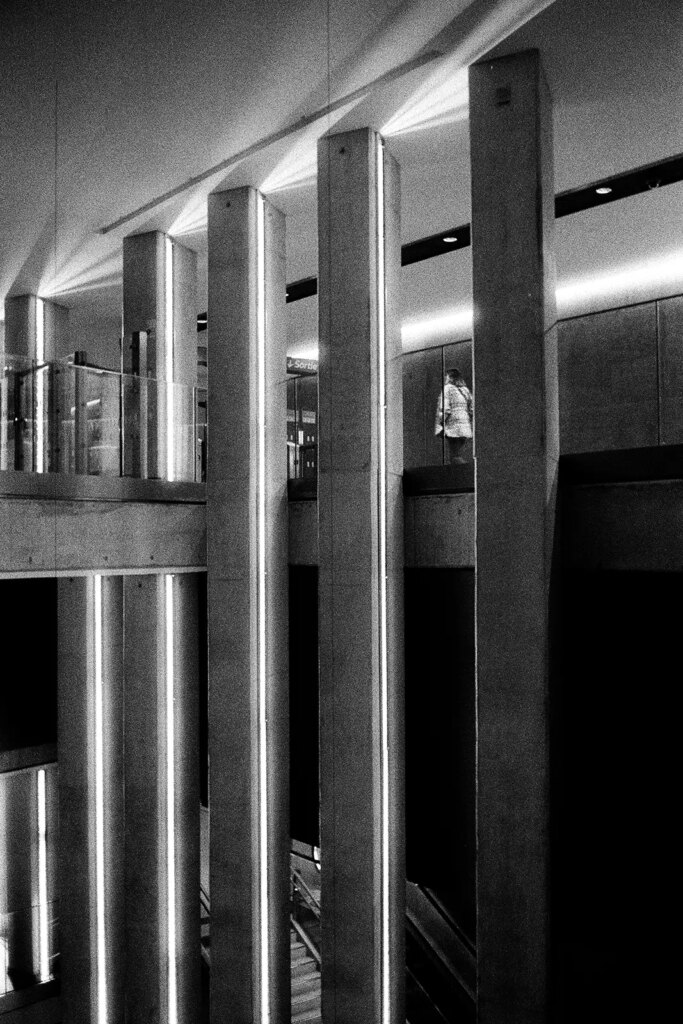
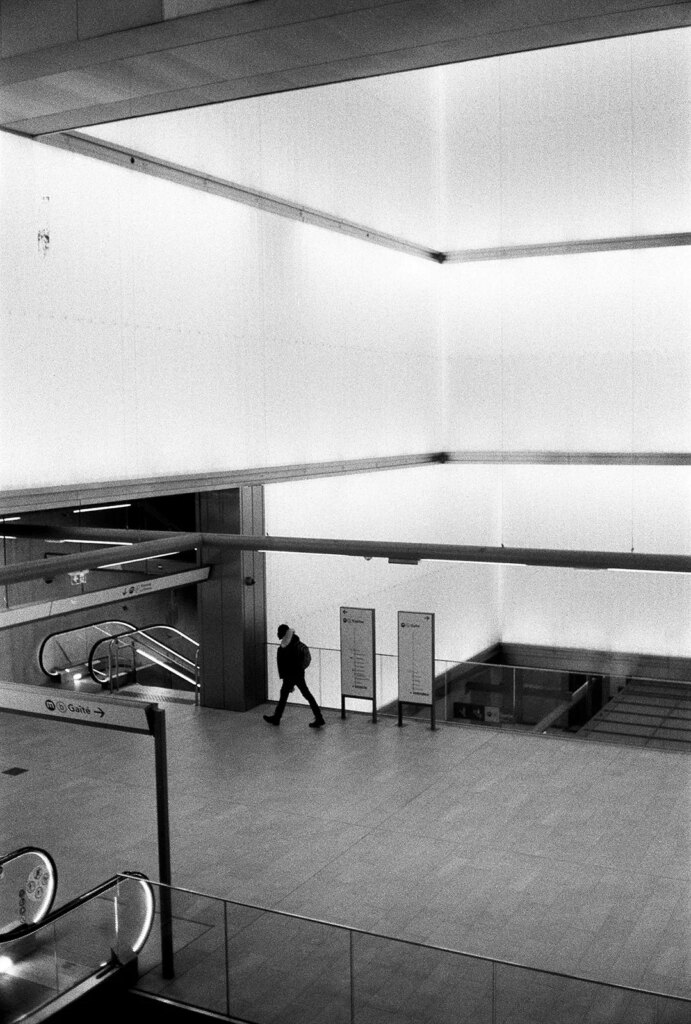
The film scans revealed nice pictures, with pretty contrasts, nothing much to say about it despite still suspecting a bit of front focus and maybe some decentering, meaning it could benefit from a bit of further adjustments during the assembly process. Too bad I could not mount it on any of my digital M’s to check that a bit more accurately. Nevertheless, the pictures I made on that Kodak Double X roll came out pretty good. And it is always liberating to use a guess focusing lens. It also helps getting more confident about your own capabilities at shooting at hyperfocal. Once used to this way of shooting, even with a lens like the Sonnar 40mm f2.8 in the Rollei 35, the hit rate quickly rises up to almost 100%. Quick tip: I like taking portraits at MFD, using my arm to measure roughly 70cm and adding 30cm virtually. I almost always nail focus at f2.8 doing so. Try this! But if you are still to afraid, I discovered a genius tool that you can find on Google typing “the human rangefinder”. I will let you discover this by yourself.
Summarised Pros and Cons
Pros
Tiny tiny size
Great Image character, reminiscent of the old Minox 35 cameras
Liberating experience to guess focus.
Cons
Build quality is so so. Would have liked a more serious construction. It also feels fragile as the lens body is glued on the M mount bayonet and the lens need quite a lot of force to attach it and detach it off a camera.
Make it collapsible! You’ll have a winner.
Focus calibration seems a bit off. I rarely hat the whole picture sharp.
Final thoughts
The idea behind that PPP 35M Color-Minotar is great. Using some glass from dead great point and shoot cameras and fitting them in M mount is simple genius for people that like signature lenses like me. That being said, the product making process is not always evident and I know too well how hard it is to propose a good balance between price and quality for the final customer. In that case, I feel like the quality could seriously improve using more metal avoiding the little traces of glue or even avoid using glue! (in my old company, we used to say in the industrial design department that gluing is cheating).
But then, how to price that lens? It is not an easy question. What I can observe is that Omnar, MS optics all do conversion that were top notch quality with specially designed and machined metallic parts, and prices often fetching around a thousand bucks, which, considering the amount of work for such lens conversion is not surprising. I feel like PPP can improve on that especially if they want to keep proposing lenses for the Leica M mount. After all, Leica users are often quite serious about quality and finish of their gear. For 350pounds (which was the selling price of this lens), one could afford a Voigtlander Skopar 35 2.5 lens for example. It is not an historical character lens like this Minotar but you’re getting quite some more quality with this last one. If PPP could propose a revision of this lens using better materials and maybe working a bit more on the mechanics to propose a collapsing possibility for example, this lens could be much more expensive and reach a much larger audience. But these are just my two cents.
Don’t hesitate to share your opinion in the comments. What would you prefer for that lens? Keep it cheaper, 3d print and glue or make it better and more expensive with metal and better overall construction? It’s definitely a tricky question to answer, and despite any reservations I might have, I commend PPP for trying to answer it their way!
If you want to know more about me and my work feel free to visit my Instagram accounts @kamerakraft and @vincentbihler.
Thanks for reading!
Share this post:
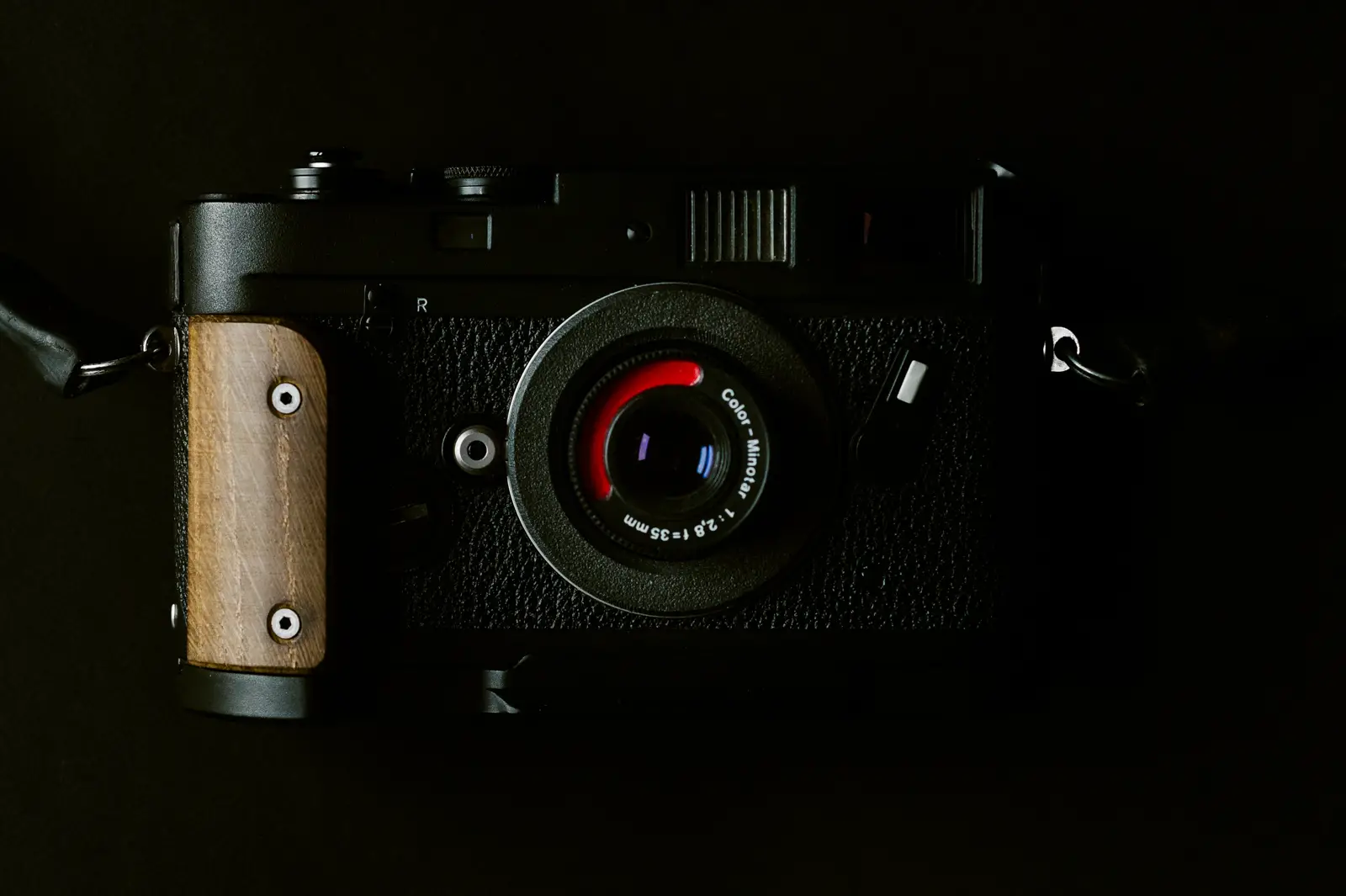








Comments
Tim Bradshaw on PPP 35M Color-Minotar 35mm f2.8 Review
Comment posted: 08/05/2023
That the target market for the lenses seems to be *film* Leica users is also very strange. A 35mm Minox (I own a 35ML) is an extremely small, rather discrete, scale-focus camera with limited controls and a lens which can be extremely good (the flare is ugly). Mounting it on a film Leica turns that camera into ... a much larger, much less discrete scale-focus camera with limited controls and the same lens with all the same properties. Oh, and it's a lot more expensive, of course: looking on ebay I think you could probably buy at least ten 35mm Minoxes for the price of a tatty film Leica body, and perhaps three or four more for the cost of the converted lens.
And a film camera is, in a fundamental sense, a box whose job is to keep the lens and the film in the right place and the light out: a film Leica with this lens on the front will not take better pictures than the camera that the lens came from will.
It is all very odd and, as I said, rather sad, I think.
Sorry for this rather negative comment: I do not wish to be rude about the review or about anyone buying these lenses. If you decide not to publish it that is fine, of course.
Comment posted: 08/05/2023
Huss on PPP 35M Color-Minotar 35mm f2.8 Review
Comment posted: 10/05/2023
Comment posted: 10/05/2023
Sven on PPP 35M Color-Minotar 35mm f2.8 Review
Comment posted: 10/05/2023
Andrew Fildes on PPP 35M Color-Minotar 35mm f2.8 Review
Comment posted: 15/05/2023
But...in the end I wasn't curious enough. Cute lens but there are so many good alternatives for retro looks - I can fit an old 1930's Contax Sonnar to a Sony a7 or Nikon Z with an $40 adapter and get a really nice look for half the price. And it's easier to adjust and not much larger (for the f2 Sonnar version at least). So this is definitely in my 'Why Bother' basket.